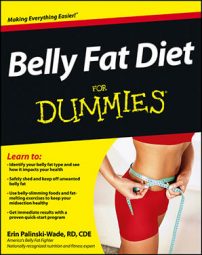Apple body types are at greater risk than pear body types.
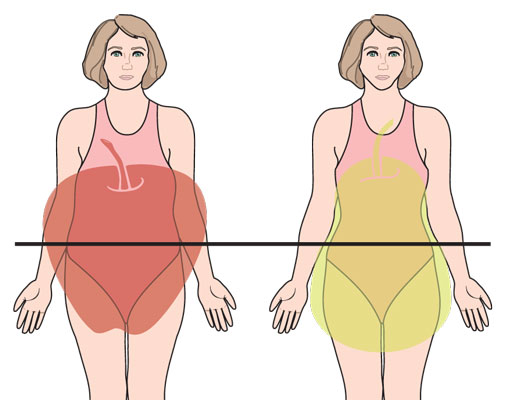
An apple-shaped person is someone who holds a large amount of fat in the abdomen, has a large waist, and has generally slimmer legs and arms. If you’re an apple-shaped person, you tend to have a large amount of visceral fat, increasing your risk for heart disease.
A pear-shaped body type tends to have a smaller waist with larger hips and legs. Although an overweight pear-shaped person may still have higher than ideal levels of visceral fat, her risk for heart disease tends to be lower because she stores more fat in her extremities. As a result, she has less toxic fat surrounding her organs and producing dangerous hormones and byproducts.
Although it’s important for every body type to maintain a healthy weight and lose abdominal fat, it’s even more critical for you to lose weight to prevent future disease risks if you’re an apple-shaped type. The Belly Fat Diet plan is perfect for you and your type, because the weight loss in this plan is specifically geared toward losing your excessive belly fat.
The slim type can be a surprisingly dangerous body type.
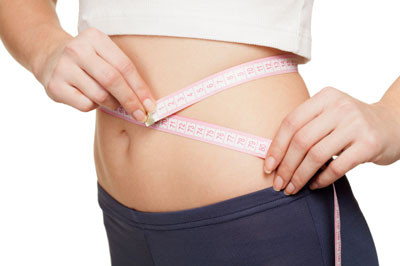
If you’re a slim person and at a normal weight for your height, you may not think you have excessive abdominal fat. The truth is that even slim people can have too high a percentage of visceral fat, putting them at risk for complications associated with this excess weight around the middle.
If you’re already at or close to an ideal weight, be sure to assess your body proportions. Take out a tape measure for your body measurement and determine your waist-to-hip ratio to see whether you’re at risk. If you’re at risk even though you’re already thin, reducing body fat in your abdominal area can help to improve your waist-to-hip ratio.
After-pregnancy body types can lose the excess belly fat.
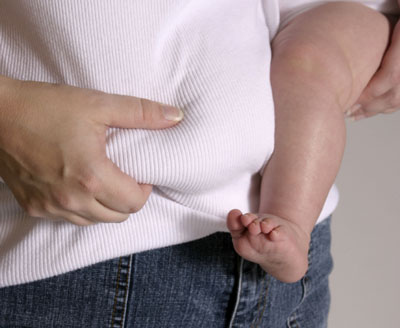
If you just had a new baby and are stressing over your bulging stomach, take heart. It can take time after delivery for your belly to go back to normal. Remember that not only is normal weight gain associated with pregnancy, but stomach muscles have been stretched and expanded for nine months.
If you just gave birth and are breastfeeding, don’t reduce your food intake too much or lose weight too quickly. Doing so can reduce your milk production for your baby. Allow yourself time to establish a breastfeeding schedule with your baby before implementing a weight loss routine. Make sure to consult your physician before making changes to your diet while breastfeeding.
If you just had a baby but aren’t breastfeeding, you can aim for a faster rate of weight loss, but you must have realistic expectations. A new baby brings along multiple challenges, such as lack of sleep, decreased meal planning, and even stress-related eating.
Post-menopause body types face shifting body proportions.
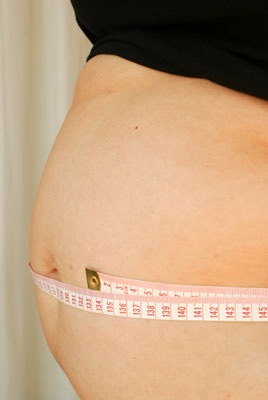
The term middle-age spread is something all women dread hearing. Here’s how it works: As women approach menopause, body fat tends to favor the upper body over the lower half, and as the body fat begins to increase, so does the midsection.
Even women who stay the same weight throughout menopause may notice a shift in body proportions by gaining a few inches around the waist. Most of the shifting can be attributed to hormone changes associated with menopause, leading to an increase in body fat and a loss of lean muscle mass.
Even though some of these changes may seem inevitable, you aren’t predestined to a life of increased belly fat just because you’re going through or have gone through menopause.
The male body type is more likely to have excess belly fat.
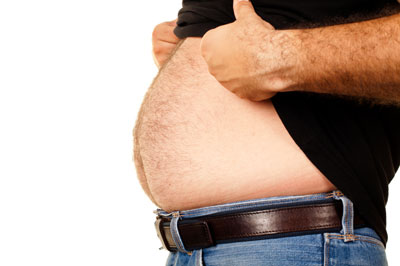
Have you been noticing that your six-pack is slowly transitioning into a keg? Men are more likely than women to have excessive levels of belly fat. And, as a result, men have a higher likelihood of diseases and disorders linked with visceral fat. Lifestyle choices, such as inactivity, poor diet, and excessive alcohol intake, can cause your body to store excessive visceral fat.
Men, similar to women, start to lose muscle mass as they age, especially if they’re inactive. In your 40s and beyond, changes in testosterone and estrogen levels may make your body more inclined to lose lean muscle mass and store fat around your waistline.

